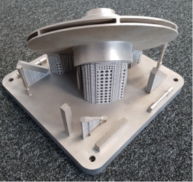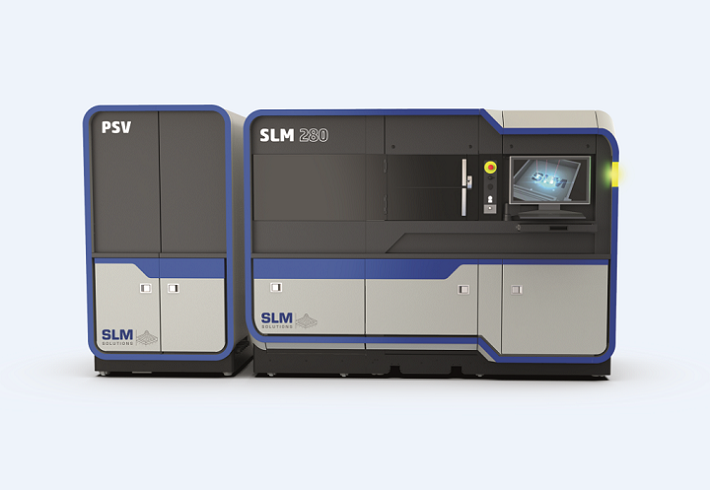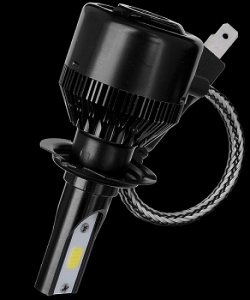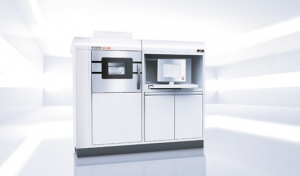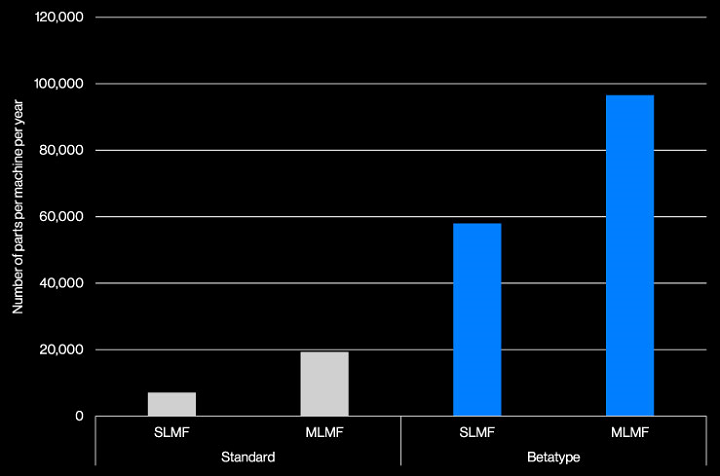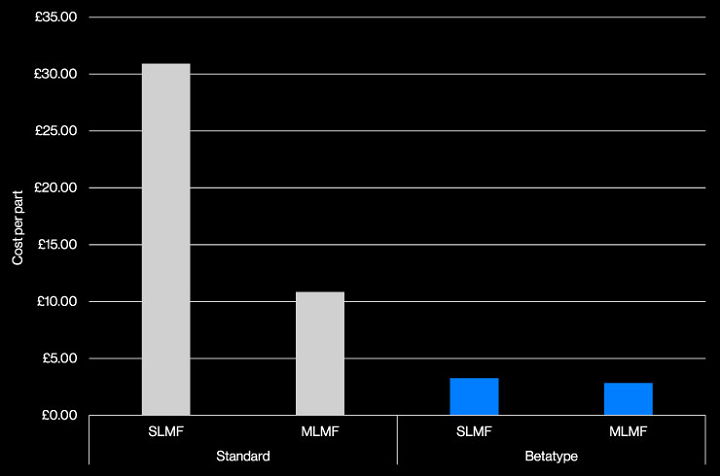Global aerospace leader Airbus develops, creates, and delivers innovative solutions in the commercial aircraft, defense, helicopter, space, and security sectors, and has long been a champion of using additive manufacturing to do so. Airbus installed its first 3D printer back in 2012, and used its first metal 3D printed part – a titanium bracket – in one of its commercial jetliners just two years later. Now, over 1,000 3D printed parts are used in its A350 XWB aircraft.
 In order to deliver 3D printed aerospace solutions, the European aircraft manufacturing giant has partnered up with many big names in the industry, from Local Motors and Materialise to Premium AEROTEC and GE Aviation, and just today announced a new collaboration. Australian large-scale, industrial AM company Titomic has just reached a major agreement with Airbus, which will use the Melbourne company’s patented Titomic Kinetic Fusion (TKF) technology to demonstrate high-performance metal parts.
In order to deliver 3D printed aerospace solutions, the European aircraft manufacturing giant has partnered up with many big names in the industry, from Local Motors and Materialise to Premium AEROTEC and GE Aviation, and just today announced a new collaboration. Australian large-scale, industrial AM company Titomic has just reached a major agreement with Airbus, which will use the Melbourne company’s patented Titomic Kinetic Fusion (TKF) technology to demonstrate high-performance metal parts.
“We are pleased to partner with Airbus for this initial aerospace part made with Titomic Kinetic Fusion® (TKF), the world’s largest and fastest industrial-scale metal additive manufacturing process,” stated Titomic CEO Jeff Lang in a press release. “The TKF process ideally suited to produce near-net shape metal parts for the aerospace industry using our patented process of fusing dissimilar metals that cannot be produced with either traditional fabrication methods or metal-based 3D printers.”
TKF is the result of a Commonwealth Scientific and Industrial Research Organisation (CSIRO) study, when Australia’s government was looking to capitalize on its titanium resources. Titomic’s proprietary TKF technology platform uses a process similar to cold spray, and has no limits in terms of build shape and size. A 6-axis robot arm sprays titanium powder particles, at supersonic speeds, onto a scaffold in order to build up complex parts layer by layer.
 Thanks to its unique AM technology, Titomic can provide its customers with production run capabilities, which helps rapidly create excellent products, with decreased material waste, that have lower production inputs.
Thanks to its unique AM technology, Titomic can provide its customers with production run capabilities, which helps rapidly create excellent products, with decreased material waste, that have lower production inputs.
“3D printing, of which TFK is the leading technology, has the potential to be a game changer post the global COVID-19 pandemic supply chain disruption as aircraft manufacturers look to reduce production costs, increase performance, improve supply chain flexibility and reduce inventory costs, and TKF, co-developed with the CSIRO, can be an integral part of this change,” said Lang.
“Regulations force aerospace manufacturers to provide spare parts for long periods after the sale of an aircraft, so it’s not rocket science to assume they will be early adopters of 3D printing solutions for spare-part management.”
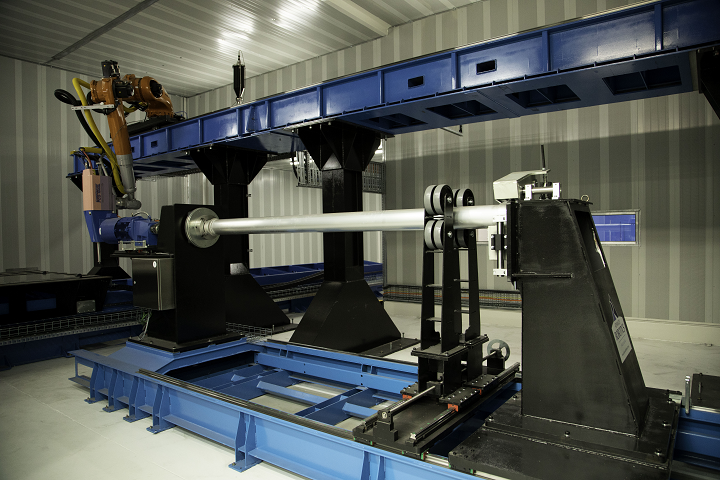
The Titomic Kinetic Fusion process involves a 6-axis robot arm spraying titanium powder particles onto a scaffold at supersonic speeds.
TKF technology could be crucially important for aircraft manufacturers, like Airbus, as the field of aviation is one of the largest customers of titanium alloy products. That’s why Titomic has invested in further developing AM so it can meet the material, process, and design qualification system that’s required by the European Aviation Safety Agency (EASA) and the US Federal Aviation Administration (FAA). The company will work to develop TKF 3D printing material properties and parts process parameters for Airbus.
This agreement, the future delivery of the 3D printed demonstrator parts to Airbus, and a technology review process of said parts, all validate the certification process that Titomic’s government-funded IMCRC research project, with partners RMIT and CSIRO, is currently undergoing.
Discuss this story and other 3D printing topics at 3DPrintBoard.com or share your thoughts in the Facebook comments below.
The post Titomic Signs Agreement with Airbus to Make 3D Printed Metal Demonstrator Parts appeared first on 3DPrint.com | The Voice of 3D Printing / Additive Manufacturing.




